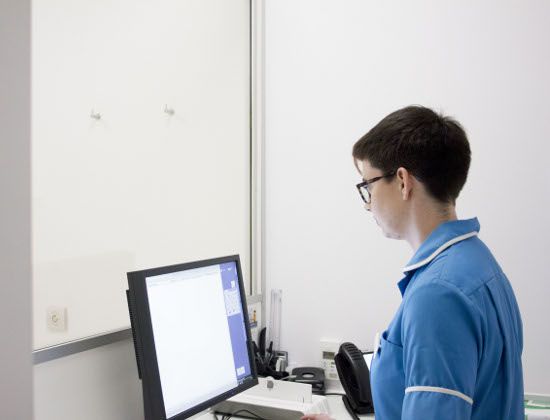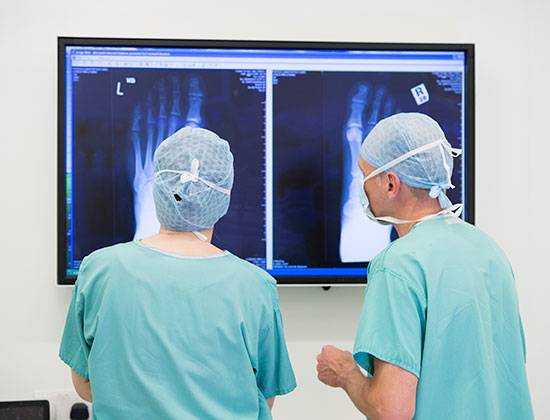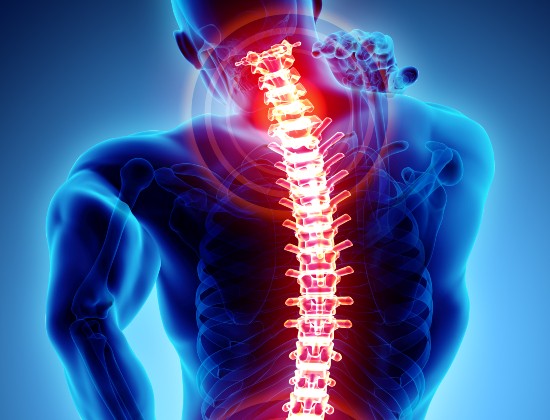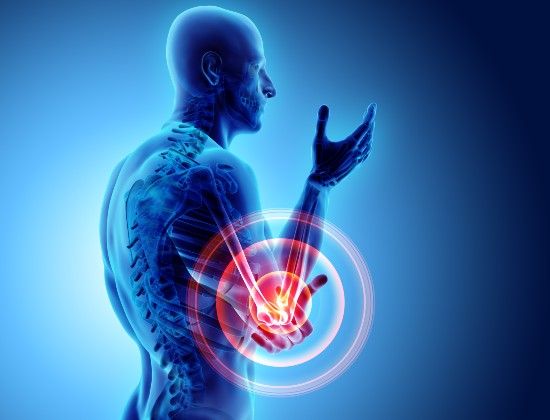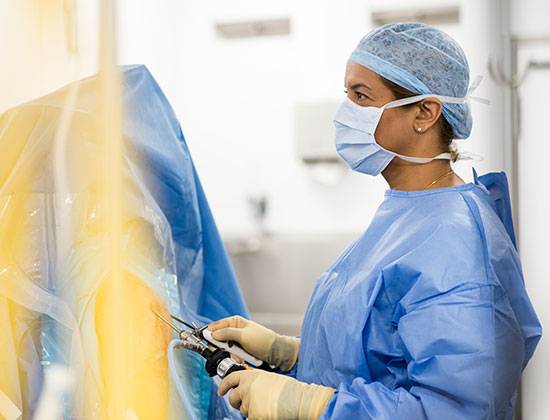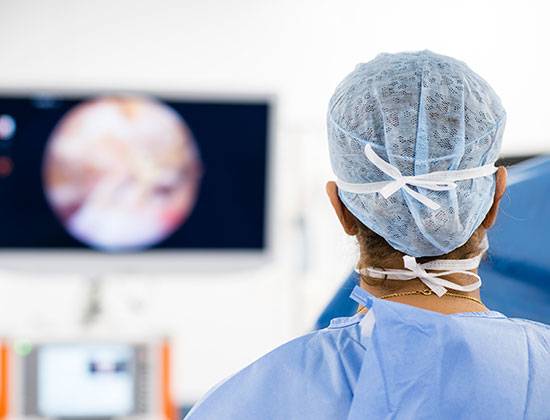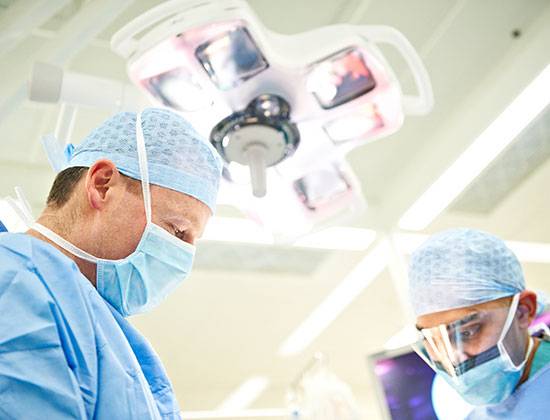Spondylolysis and spondylolisthesis
Spinal stenosis is when the spinal canal narrows which can cause pressure on the spinal cord, also known as myelopathy.
Causes
Stenosis is often the result of wear and tear as we age, which causes degeneration in the spine, or spinal spondylosis due to osteoarthritis or osteoporosis. These degenerative changes are perfectly normal and are estimated to affect around 95 per cent of people over the age of 50 to some extent, with women more likely to have symptoms that need treatment. It can also be caused by spondylolisthesis.
Symptoms
These include:
- Back pain
- Burning pain in the buttocks or legs (sciatica)
- Pain, numbness and weakness in the legs
Symptoms can be worse when you are standing or walking about, making you feel unsteady; they usually improve when you are sitting down or leaning forward (this increases space around the nerves).
Diagnosis
Having discussed your symptoms and examined your back, the specialist’s diagnosis may be backed up by X-rays (although these are rarely needed) to discover if you have osteoarthritis, bone spurs, or spinal instability. You may also have an MRI scan to examine the condition of your muscles, discs, nerves and the spinal cord.
Treatment
Around 20 per cent of people will find their symptoms improve without needing treatment while 60 per cent remain the same, and 20 per cent worsen.
Non-operative treatment: this includes a targeted exercise programme to improve your overall strength and fitness, as well the mobility of your spine.
- An exercise bike is often recommended as you may have less pain when your spine is bent over than when you are walking
- Some people find that increasing their exercise levels, along with taking anti-inflammatory medicine or nerve pain medication if advised by their doctor, is enough to control the pain
- If your symptoms don’t improve, you may be given spinal injections of steroids to relieve swelling and pain
- Some people also find that acupuncture, osteopathic, or chiropractic manipulation can help
Surgery: in some cases lumbar decompression surgery and/or spinal fusion can relieve the symptoms.
Important: This information is only a guideline to help you understand your treatment and what to expect. Everyone is different and your rehabilitation may be quicker or slower than other people’s. Please contact us for advice if you’re worried about any aspect of your health or recovery.

